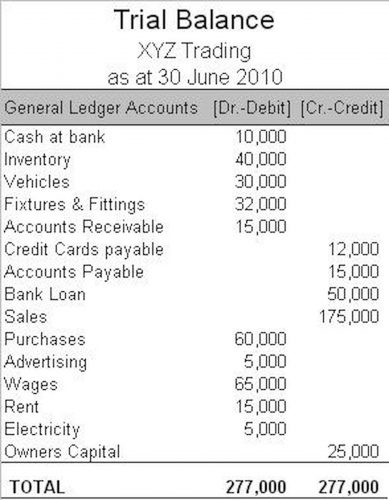
Current liabilities are important because they can be used to determine how well a company is performing by whether or not they can afford to pay their current liabilities with the revenue generated. A company that can’t afford to pay may not be operating at the optimum level. Assets are a representation of things that are owned by a company and produce revenue. Liabilities, on the other hand, are a representation of amounts owed to other parties. Both assets and liabilities are broken down into current and noncurrent categories.

Contingent Liability: What Is It, and What Are Some Examples?
Understanding liabilities becomes much easier when viewed through a real-world lens. Samsung Electronics is an excellent example, showcasing how liabilities play a crucial role in accounting and business Law Firm Accounts Receivable Management operations. A potential liability that depends on a future event; recognized in accounts if probable and estimable. On a balance sheet, we usually divide liabilities into two groups; current and long-term liabilities. This is the value of funds that shareholders have invested in the company.
- If they are for immaterial amounts, then they can be aggregated into another line item.
- However, sometimes companies put in a disclosure of such liabilities anyway.
- When the market requires a higher rate of return than the firm offers, investors will still be interested in buying the bond.
- A liability is generally an obligation between one party and another that’s not yet completed or paid.
- By analyzing the types, amounts, and trends of a company’s liabilities, it is possible to gauge its financial position, stability, and risk exposure.
- Other Standards have made minor consequential amendments to IAS 37.
How to calculate total assets

They are vital components of a balance sheet, which is one of the primary financial statements used by stakeholders to assess a company’s performance and sustainability. A liability is something that a person or company owes, usually a sum of money. CARES Act Liabilities are settled over time through the transfer of economic benefits including money, goods, or services. They’re recorded on the right side of the balance sheet and include loans, accounts payable, mortgages, deferred revenues, bonds, warranties, and accrued expenses. A liability is an obligation of a company that results in the company’s future sacrifices of economic benefits to other entities or businesses.
- Investors will bid a price where they will make their required return, regardless of the terms of the bond.
- While assets represent what an entity owns, liabilities represent what it owes.
- A contingent liability is a liability that may occur depending on the outcome of an uncertain future event.
- See some examples of the types of liabilities categorized as current or long-term liabilities below.
- CFI is the global institution behind the financial modeling and valuation analyst FMVA® Designation.
- A higher ratio indicates greater reliance on borrowed funds, while a lower ratio suggests more conservative financing through equity.
What is a Contingent Liability?

Force majeure is French for ‘superior force.’ In contracts, it refers to unforeseeable events. These events prevent a party in a contract from fulfilling its obligation. In addition, liabilities facilitate and more efficiently allow transactions between businesses.

Types of Liability Accounts – Examples
- By balancing its liabilities with solid revenue generation and asset management, Samsung demonstrates how liabilities can be effectively leveraged to achieve business objectives.
- Assets and liabilities are treated differently in that assets have a normal debit balance, while liabilities have a normal credit balance.
- The term can also refer to a legal obligation or an action you’re obligated to take.
- AT&T clearly defines its bank debt that’s maturing in less than one year under current liabilities.
- By planning for future obligations, understanding the different types of debt, and implementing effective strategies for paying off debt, businesses can successfully navigate their financial obligations.
- This is because a valid expectation has been created that the company will restore oil rig sites in the future.
- The accounting equation is the mathematical structure of the balance sheet.
Examples of liabilities include loans, accounts payable, accrued expenses, bonds payable, and interest payable. Current liabilities (sometimes referred to as short-term liabilities) are obligations that are due within one year. Examples of current liabilities include payables such as accounts payable, wages payable, interest payable, and warranty liabilities. Long-term liabilities (or non-current liabilities) are due after one year liability accounting definition or longer.


